Celtic Dacia
Q212853Dacia: country north of the Lower Danube, more or less identical to modern Romania. It experienced influences from the Thracians, Scythians, Greeks, and Celts (below) and became a powerful kingdom, added as a province to the Roman Empire, abandoned to Germanic-speaking tribes, and part of the Avar zone of influence.
Celtic Dacia
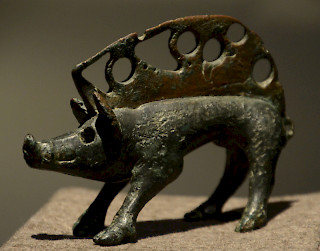
The Celts are the great Iron Age civilization of Western Europe. With roots in the Hallstatt culture, the Celts had their homeland in waht is now Champagne, Lorraine, the Alsace, the Black Forest, Bavaria, and Bohemia. The elite had become rich by first exporting iron and salt, and later monopolizing the trade in raw materials (e.g, tin, amber, slaves) from the north to the Mediterranean south.
In the fifth and fourth centuries, the Celtic civilization, which archaeologists call La Tène, spread across Europe. The migrations were often violent. A group of warriors sacked Rome in 387 BCE and another band captured the Greek holy city Delphi in 279 BCE.note Others proceeded to central Anatolia. For the two last-mentioned operations, the Lower Danube area must have been some kind of base and Celtic presence is well-attested indeed.
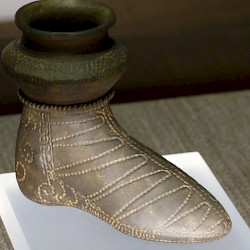 Curtuișeni, Shoe-shaped bottle |
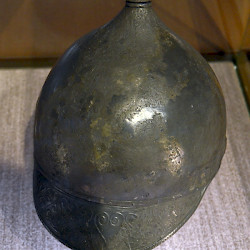 Celtic helmet from Transylvania |
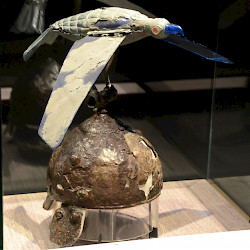 Ciumești, Celtic helmet |
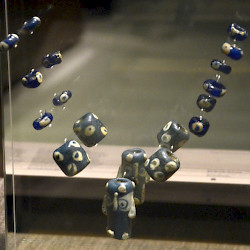 Matei, Necklace made of Phoenician glass |